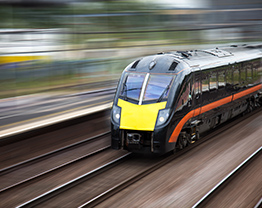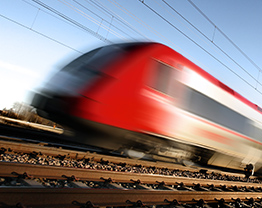Department of Mechanical Engineering


Department of Mechanical Engineering

The department of Mechanical Engineering researchers make an enormous contribution to society and play a part in solving the world’s problems and developing its possibilities.
Their research is of an international standard and covers the full range of mechanical engineering topics, for example, advanced materials for aero-engines, adaptive control systems theory and energy studies in power stations.
RTS PRIORITY AREAS





Structures and material testing lab
Structure fatigue testing facilities
INSTRON hydraulic actuators (25-500 kN)
Digital control system and instrumentation
6-DOF shaking tables
Soil-Foundation-Structure Interaction Laboratory
Test pit
High g multi-axis simulation table
Strong floor and reaction walls
Seismic block
4 Research staff
7 PhD students
0 Masters students
4 grants awarded for a total value of £15m
25 papers published
Mechanical Engineering
Electrical and Electronic Engineering
Engineering Mathematics
Civil Enginnering
Engineering Design
Mechanical Engineering
Electrical and Electronic Engineering
Engineering Mathematics
Civil Enginnering
Earthquake Engineering and Infrastructure Resilience
PhD opportunitiesYes
Name: Dr Jason Zheng Jiang, Associate Prof of Dynamics and Control
Email: z.jiang@bristol.ac.uk

TESTING AND TRIALING FACILITIES
Facilities